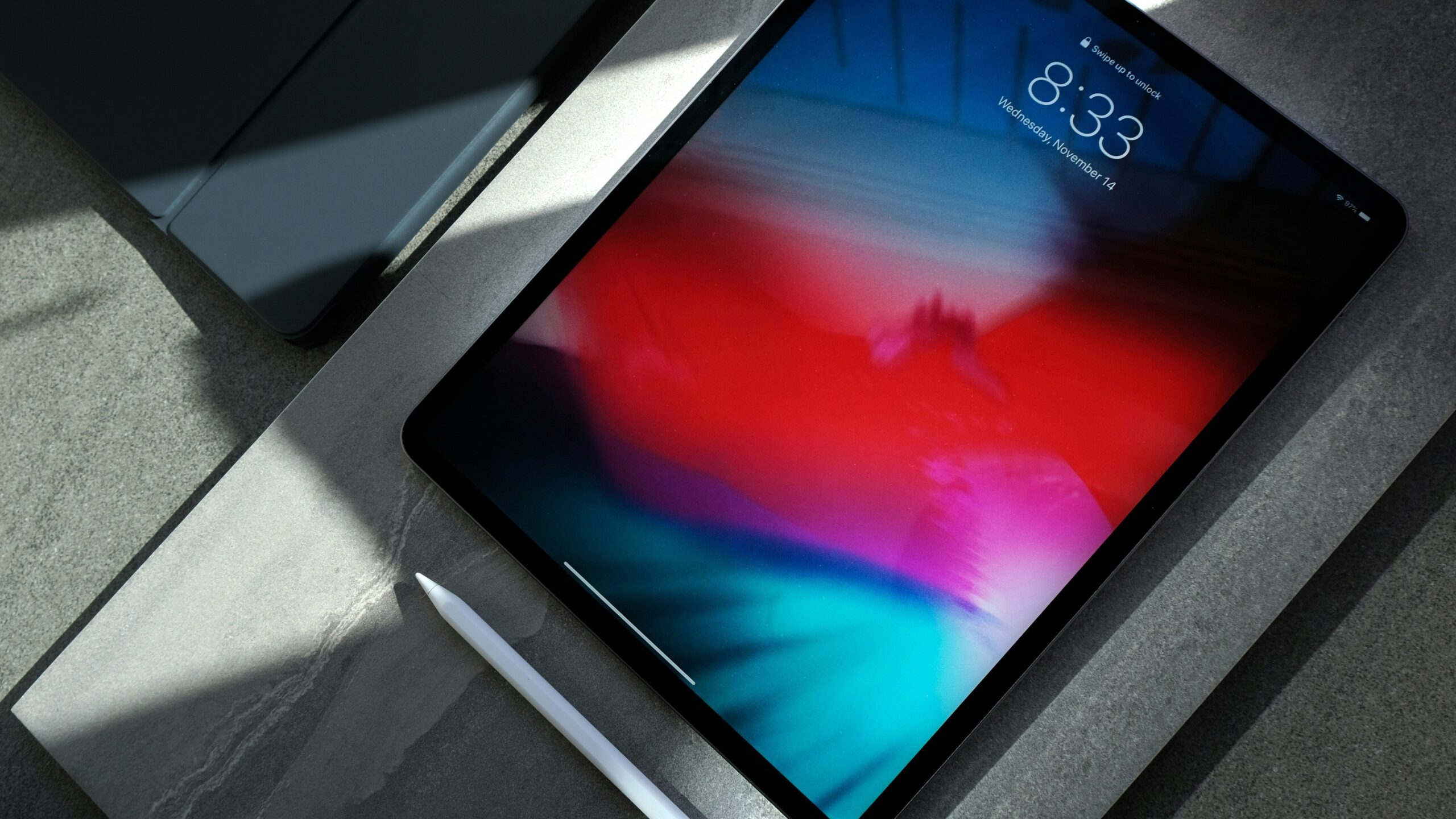Tablets existed long before the iPad launched in 2010. Early devices such as the GRiDPad (1989) and Apple Newton MessagePad (1993) were introduced to the market, yet they never achieved widespread consumer adoption. By many accounts, tablets “didn’t take off” in the general‐consumer market until the iPad.
Why early tablets struggled
There are several interlocking reasons why pre‐iPad tablets never broke into the mainstream:
- Hardware & technical constraints
Early tablets often ran desktop or PC‐oriented operating systems unsuited for touch (e.g., full Windows on tablets). As one report noted: “early tablets … ran an operating system designed around the keyboard and … the software was too bloated.”  Many also suffered from high cost, heavy weight, limited battery, and poor portability. 
- User experience mismatch
The form factor and interface weren’t optimized for how people wanted to use a tablet. For example, devices tried to behave like PCs rather than as new, distinct devices. Reviewers at the time said the user experience didn’t “fill a need people realised they had.”  Apps ecosystems were weak or absent. 
- Timing and ecosystem readiness
The broader technology ecosystem (such as mobile touch OS, responsive UI, low‐power chips, effective app stores) wasn’t mature enough. When the iPad arrived, mobile touch paradigms had already been refined by smartphones, making the tablet idea more viable. 
- Positioning and market demand ambiguity
Many early tablets were pitched as ultra‐portable PCs or enterprise tools rather than appealing consumer devices. The general consumer market did not yet clearly see why they needed a tablet rather than a laptop or smartphone.
In short: there was demand, but the device, its software and its ecosystem were not aligned.
What the iPad got right
The iPad’s success can be attributed to three key shifts:
- Refined hardware plus light software: The iPad shipped with a touch‐first OS and hardware tuned for that experience. The device felt simpler, lighter and more predictable than earlier tablets.
- Strong ecosystem and positioning: Apple leveraged its iOS ecosystem, the App Store, and a user base already familiar with the iPhone/iPod. That made the transition to tablet more intuitive for many users.
- Right time, right form factor: By 2010 the market was ready for a “third device” (between phone and laptop). The technology (ARM processors, WiFi, mobile broadband) and consumer expectations were aligned. One source states: “the right place, the right time, the right execution.”
Thus the iPad acted as a catalyst. As one article noted: “While there were tablet computers before the iPad, it isn’t a stretch to say that the iPad sold more in the first year of its existence than all preceding tablet computers put together.”
What this means for innovations and marketplaces
- Timing + execution matter: Having an innovation ahead of its time isn’t enough. The product must align with user readiness, ecosystem support, and the right form‐factor/experience.
- Marketing and visibility are critical: Early tablets failed in large part due to weak product positioning, poor user education and ecosystem scepticism. In a modern innovation marketplace like Magnetech you solve part of that by giving innovators a platform to present their ideas to businesses actively seeking them.
- Innovators can focus on product; marketplace handles outreach: On Magnetech innovators don’t have to build their own buyer‐list from scratch. They can concentrate on readiness, features and value‐proposition while Magnetech handles marketing, positioning, and connecting with buyers.
- Ecosystem matters: Just as the tablet ecosystem matured for the iPad, innovators should assess whether their innovation has complementary technologies, supporting services or partnerships. Magnetech can help surface these aspects to buyers and help frame the innovation in a value ecosystem.
- Story and framing make a difference: Like Apple reframed the tablet experience, innovators need to frame how their product solves a real user/buyer pain. Magnetech helps amplify that narrative in its network of 1,000+ businesses.
Conclusion
Tablets did exist before the iPad—but they largely failed to engage the mass market because hardware, software and ecosystem weren’t aligned. The iPad succeeded by getting those factors right. For innovators using Magnetech, the lesson is clear: having a good product matters, but positioning, ecosystem readiness and visibility make the difference. On Magnetech, innovators can focus on what they do best—developing and innovating—while the marketplace addresses the buyer-matchmaking and visibility.

Leave a Reply